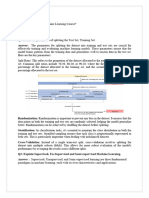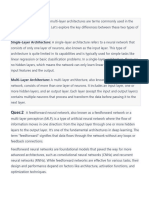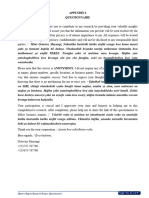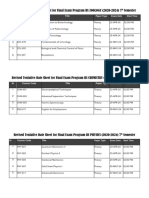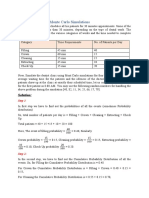0% found this document useful (0 votes)
15 views3 pagesAssignment
The document explains the differences between supervised and unsupervised learning, highlighting that supervised learning uses labeled data for predictions while unsupervised learning identifies patterns in unlabeled data. It defines features as measurable properties used for predictions and labels as the output values that models aim to predict in supervised learning. Additionally, it discusses various Python libraries for implementing machine learning models, including Scikit-learn for traditional tasks and TensorFlow and PyTorch for deep learning.
Uploaded by
22cse228.subhasistripathyCopyright
© © All Rights Reserved
We take content rights seriously. If you suspect this is your content, claim it here.
Available Formats
Download as DOCX, PDF, TXT or read online on Scribd
0% found this document useful (0 votes)
15 views3 pagesAssignment
The document explains the differences between supervised and unsupervised learning, highlighting that supervised learning uses labeled data for predictions while unsupervised learning identifies patterns in unlabeled data. It defines features as measurable properties used for predictions and labels as the output values that models aim to predict in supervised learning. Additionally, it discusses various Python libraries for implementing machine learning models, including Scikit-learn for traditional tasks and TensorFlow and PyTorch for deep learning.
Uploaded by
22cse228.subhasistripathyCopyright
© © All Rights Reserved
We take content rights seriously. If you suspect this is your content, claim it here.
Available Formats
Download as DOCX, PDF, TXT or read online on Scribd
/ 3





